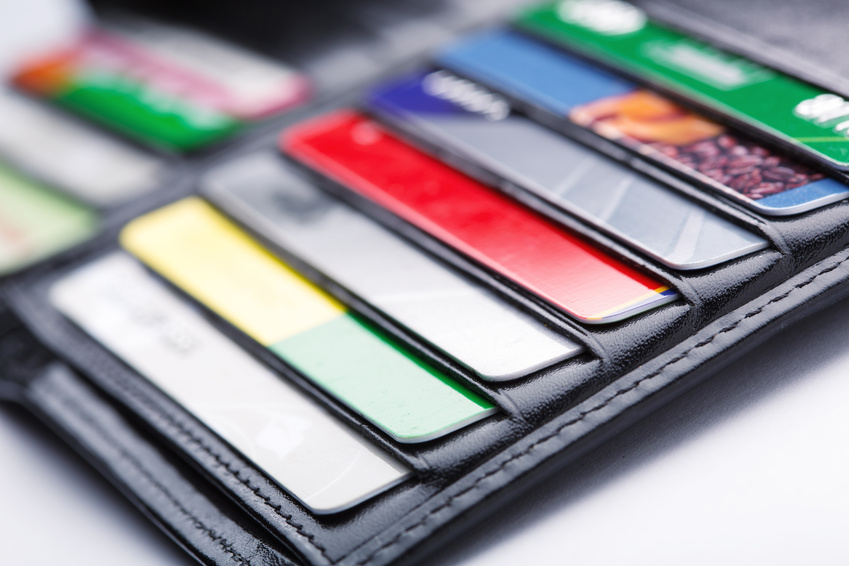Merchants may have difficulty identifying and preventing credit card chargeback fraud. Steps below will help merchants detect chargeback fraud and prevent it.
- Know Your Risks Better
Online merchants can’t see the credit card being used and check the identification or signature of their customers. Understanding your risks and knowing the degree of your vulnerability will help you track fraud.
- Use Verification
To prevent fraud, you should use all available verification components related to a transaction. Ask for identification if the card is present, and if not, take other steps.
For credit card transactions, the billing address should match the credit card billing address. As for the shipping address, it can be different, but, at least, the knowledge of the billing address should be available. Without this verification, the transaction can’t be approved.
- Detect Unusual Activities
Find out if there is anything unusual. This refers to high-volume orders or a large amount of expensive items of the same type/brand. If the billing and addresses are different, contact the customer to verify the transaction. Make a threshold and ask for a signature on the package for shipment having more than the amount set.
- Stay In Touch With Your Processor
Payment processing companies have the necessary resources to help you fight fraud. They can offer enhanced security and means to verify transactions. Make sure you are using the advanced services to prevent fraud. With EMB, you can enjoy the latest merchant chargeback protection and prevent chargebacks.
- Don’t Neglect Notification Codes
Chargebacks received have a reason code that varies based on the card network. Each code indicates the reason for the chargeback like “counterfeit magnetic stripe” or “fraud, card not present environment.” As soon as you have this code, look for irregularities associated with the transaction.
- Pay Attention To Nonfraud Chargebacks And Declines
Scan not only your reason codes for fraud but also other reason codes and decline rates. High decline rates may indicate a fraud problem. Some codes may signal that transactions aren’t recognized by customers.
If these codes come across regularly, turn to your credit card processing company. If possible, add a telephone number to the descriptor. This will help customers contact you easily in case they need help.
- Turn To Your processor For The Information You Need
MasterCard issuers must report fraudulent transactions to SAFE (the System to Avoid Fraud Effectively) at least on a monthly basis. Reports for issuers and acquirers are generated by SAFE. Then, other merchant audit, risk management and security programs receive data from the system.
Credit card processing companies can access this data. Ask your processor to provide the information you need.
- Provide Verification Records In Time
When your bank asks for verification records related to chargeback, don’t fail to provide them in time. In-person transactions may require terminal records, signatures, and more. Online transactions may require address and CVV verification, IP address information, and product delivery records.


